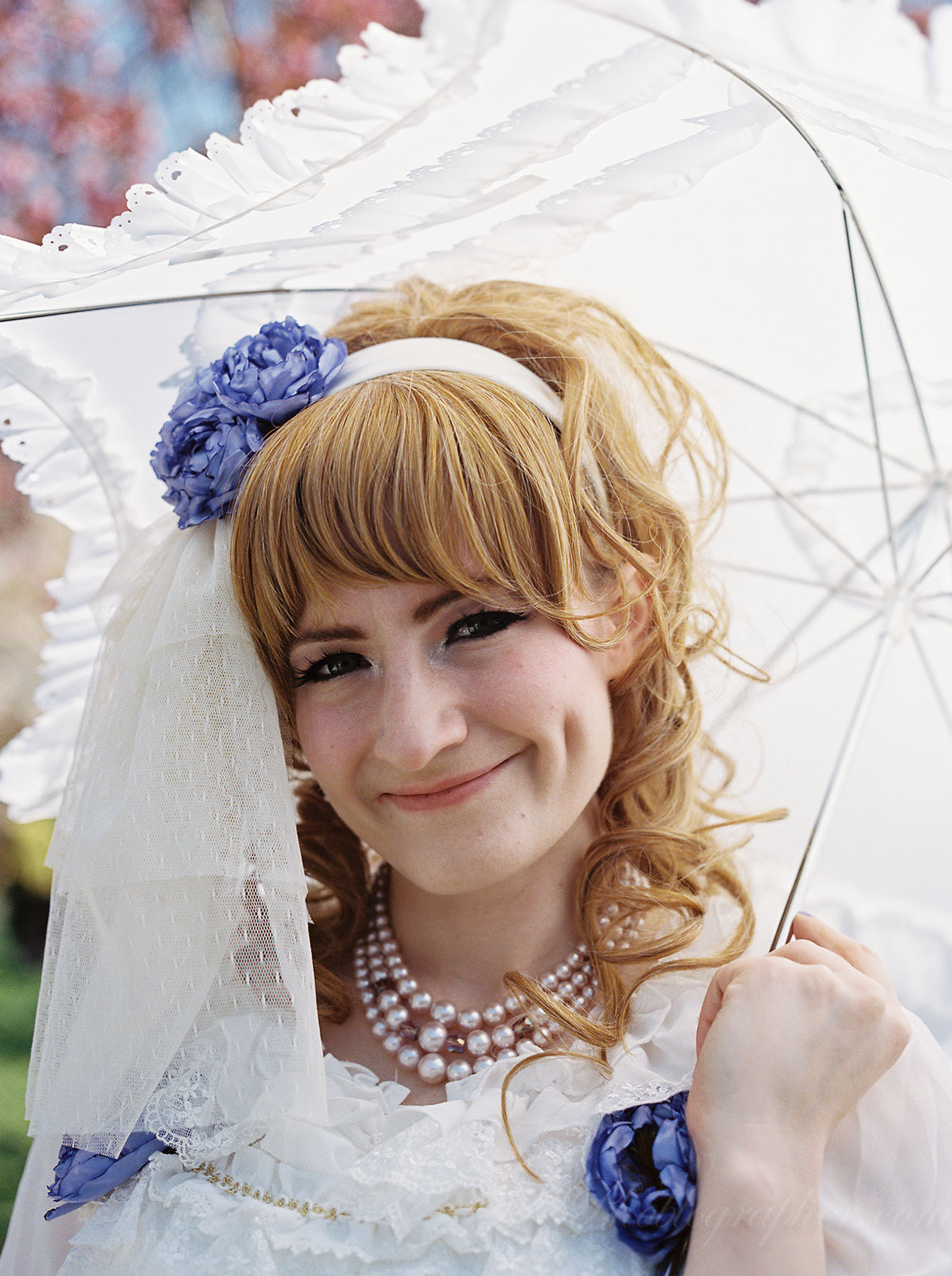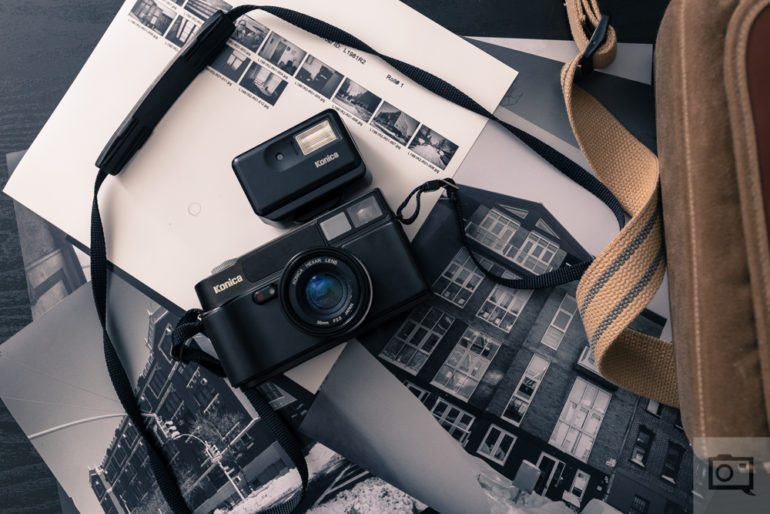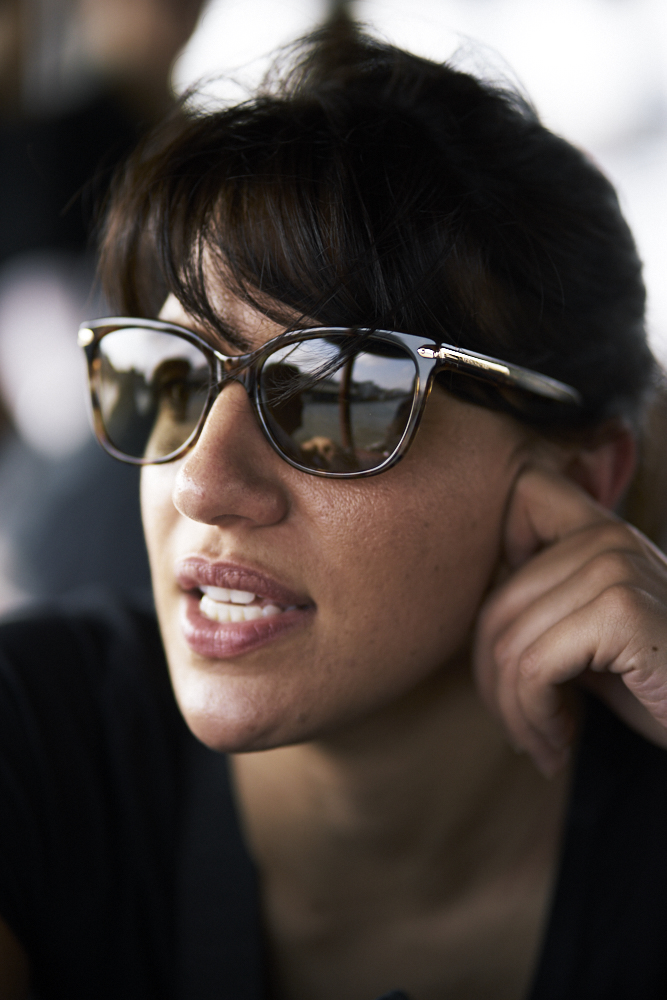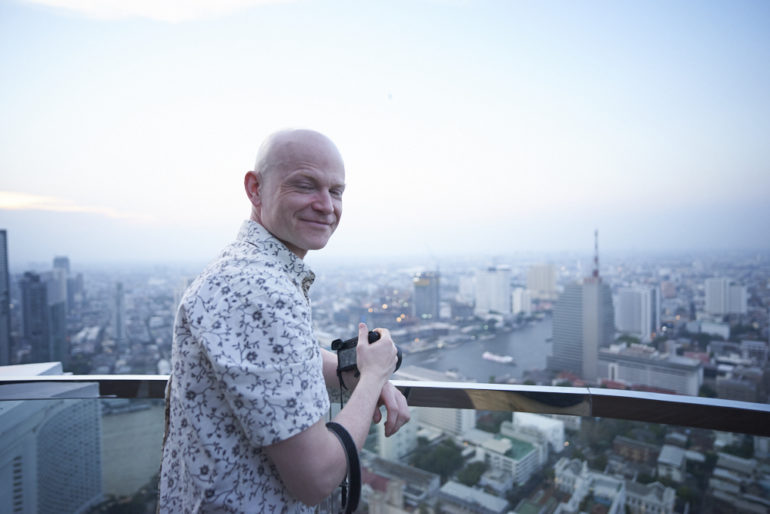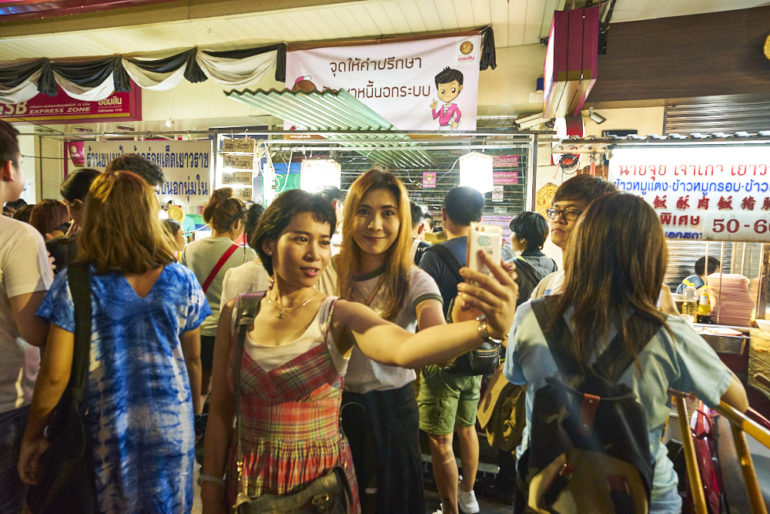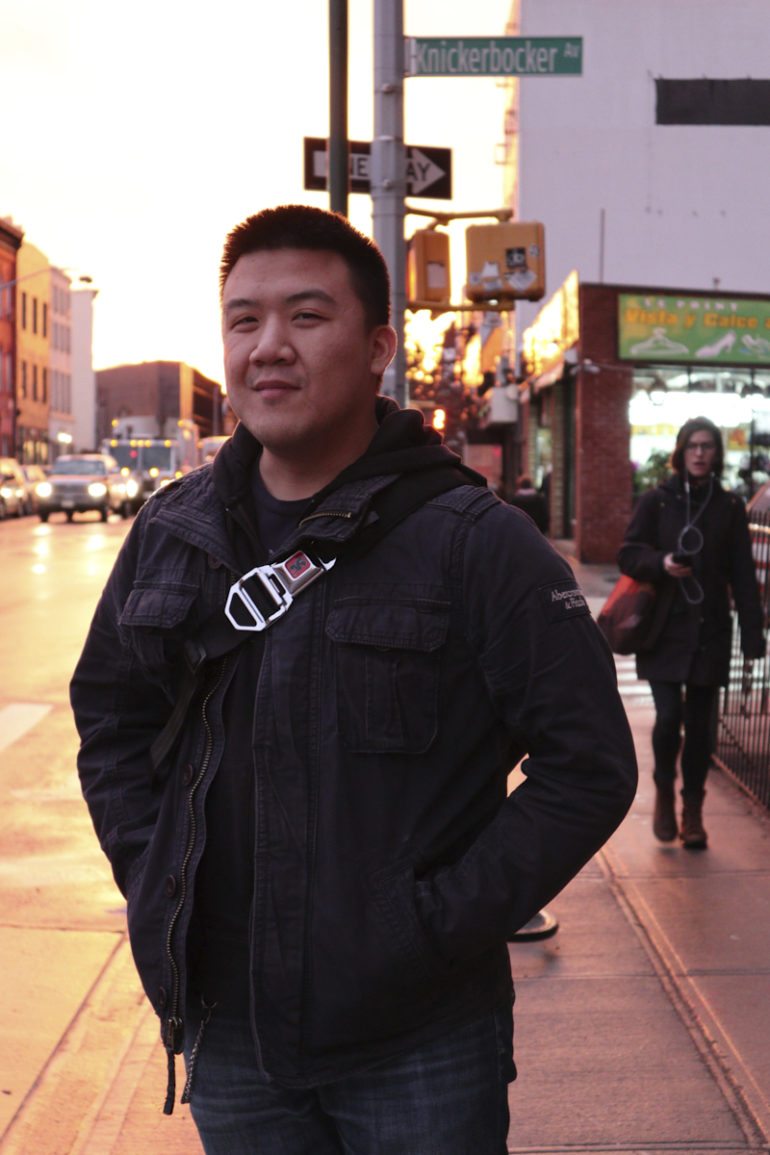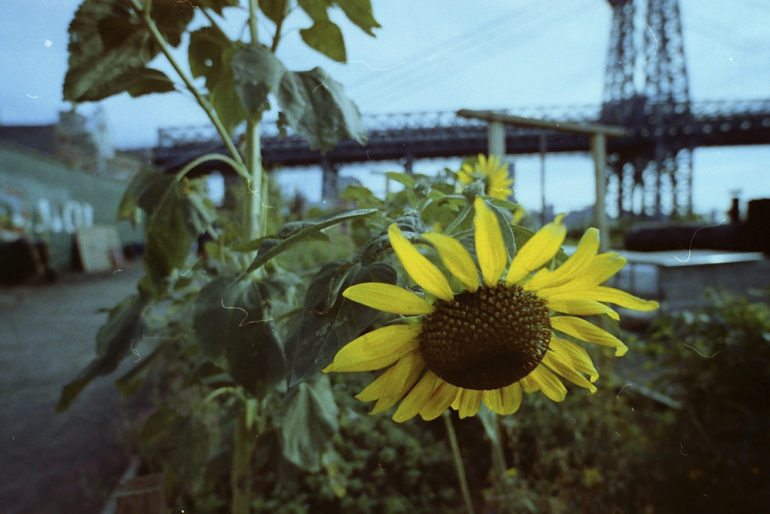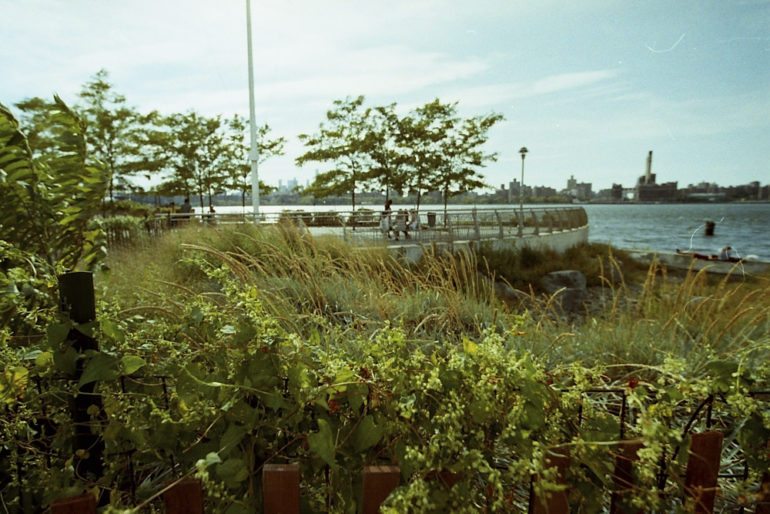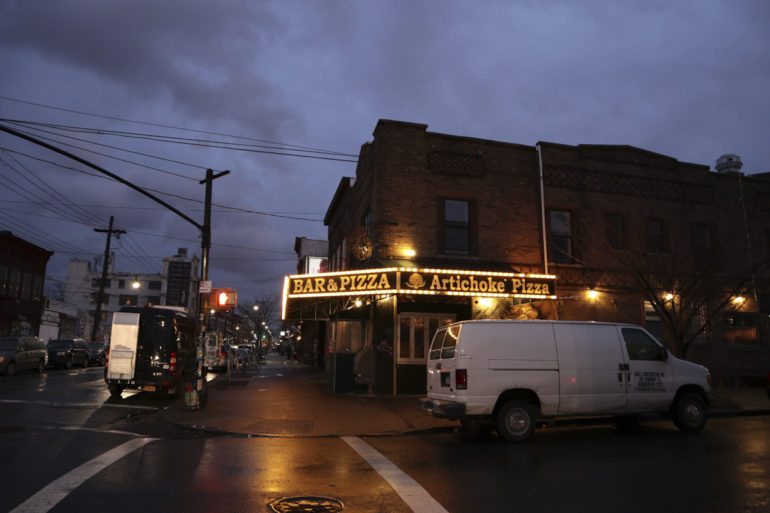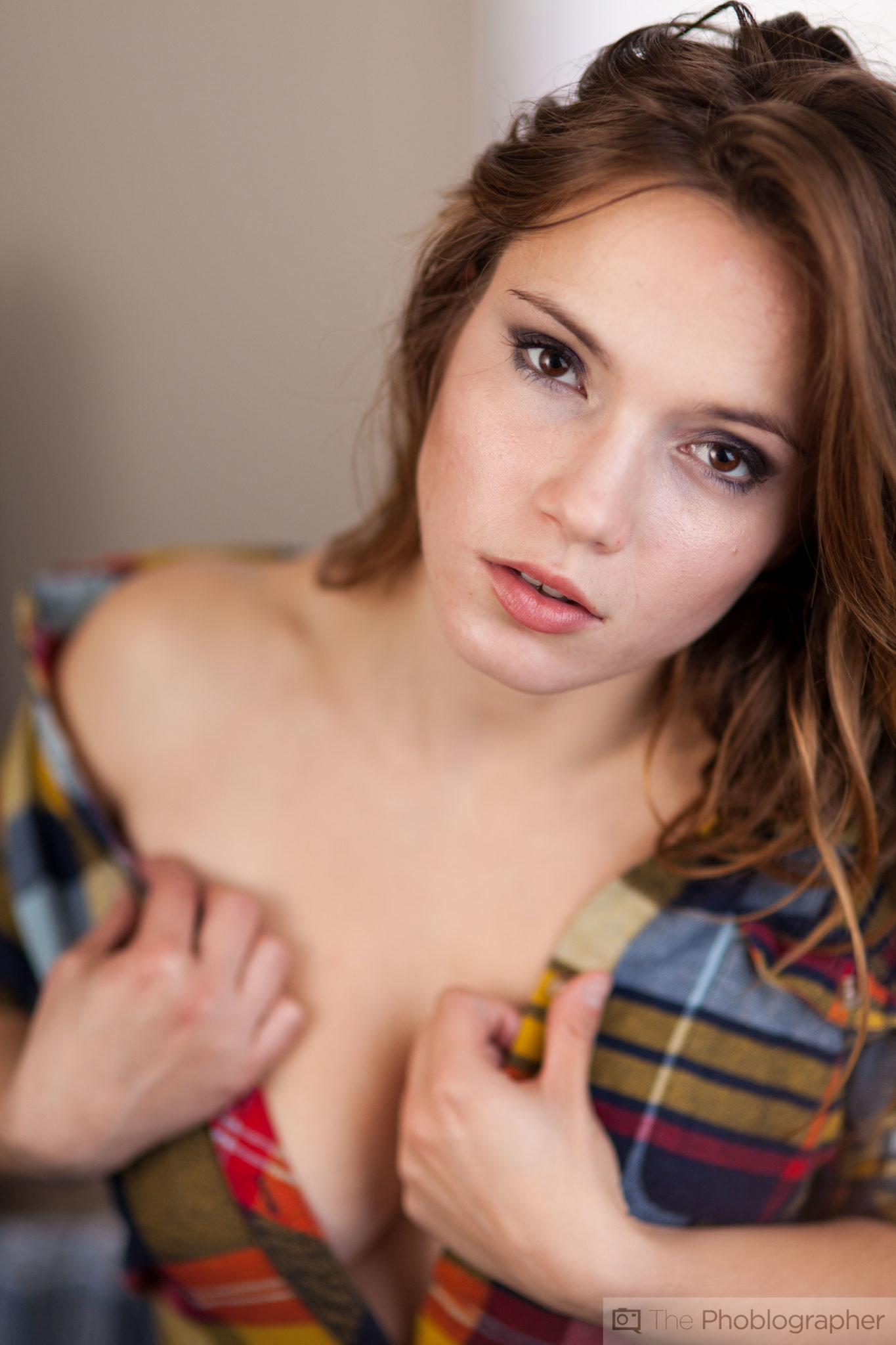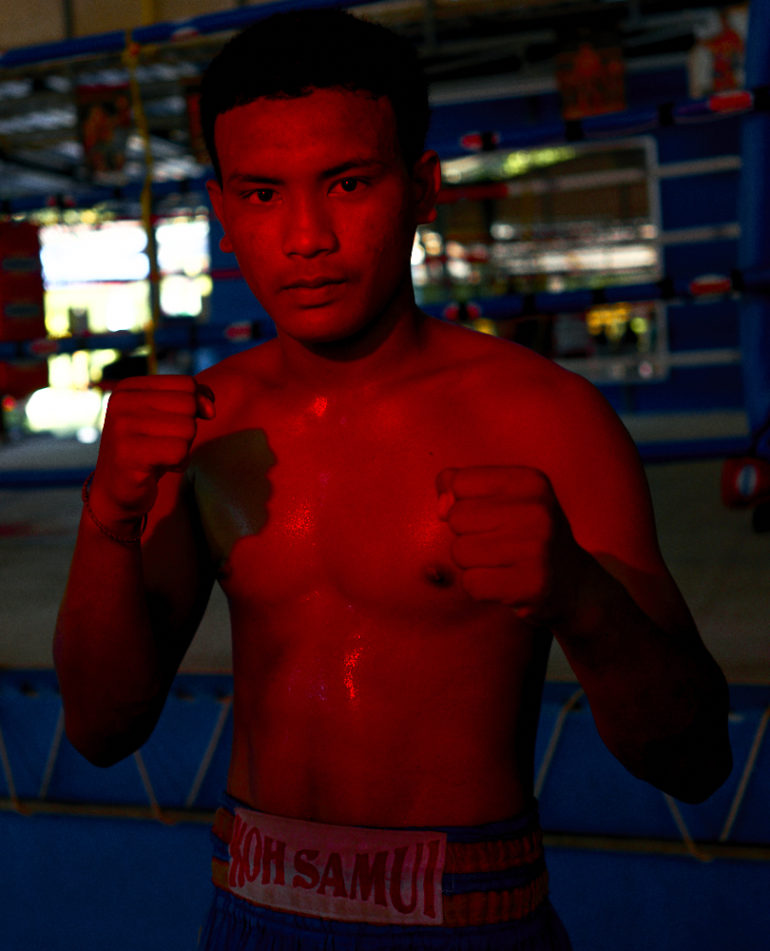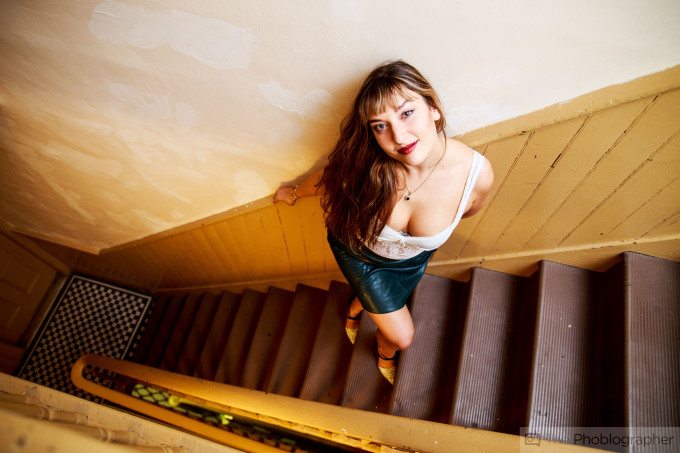Last Updated on 04/11/2017 by Chris Gampat
For the past year or so, I’ve been doing a special experiment with the way I shoot photos: I’ve been working almost exclusively with daylight white balance. Crazy, right? Especially when these days the auto white balance setting seems to do such a great job. Plus, when you consider how easy post-production is these days, it almost makes no sense. But indeed it does. Shooting a bit more restrained lets you think in a different way.
Most Film is Rated to Daylight
The reason why I first began to work in solely daylight white balance is because it’s what most film is rated at. Film and daylight are rated at 5500 kelvin–which most cameras have as some sort of default setting. If you’ve shot with a lot of film but haven’t developed the film yourself, then you’re not exactly understanding how colors and color theory works. But if you shoot digital and use daylight white balance, you’ll begin to understand how it all works.
Think of it like this; when you yourself move from one area to the other your eyes see colors and try to find a natural white point. So they adapt. Your camera does too. But with a locked white balance, you’re stuck at one setting. So now you’ll need to perhaps move to a place where you can find more desirable light.
In turn, this can help you with editing later because you start to better understand how colors work.
Portrait Photographers Will Learn to Understand Skin Tones So Much Better
I started to talk about understanding colors more. So here’s where I’m really starting to get into it. The photo above of my buddy Chelsea Northrup was shot with sunlight shining on her face. The sunlight is being diffused by clouds and the light is coming in from the side of a boat. Of course, my camera was set to daylight white balance.
Now here’s Gordon Laing from Camera Labs with the same white balance but at just around the time that the golden hour is turning into blue hour. Much different tonality due to the way that the lighting is working.
Now here’s Daylight white balance with a lot of ambient light at night. Much different, right? Again, this all has to do with the way that light changes.
Also be sure to keep all this in mind during the Golden Hour.
Landscape Photographers Will Understand Light Much Better
Building on everything that I’ve said about skin tones, color, and portrait photography, the same thing can easily be applied to landscape photography. For example, this image above was shot with slightly shady lighting.
On the other hand, there is more or less direct sunlight behind a cloud in this photo. So again, daylight white balance gives us a scene that seems honestly much closer to what our eyes try to create.
And as you can see, in some situations at night daylight white balance can look pretty fantastic.
Strobist Photographers Will Have Higher Reliability
Here’s my favorite part about all these tips: if you’re a strobist photographer, know that your flash is balanced to daylight. So it’s always going to emit the same colored light you would get from pure sunlight. What that means though is that when you bounce the flash output off of surfaces, it will create some weird and odd colors.
For example, this is what you get when you use a red gel with a flash.
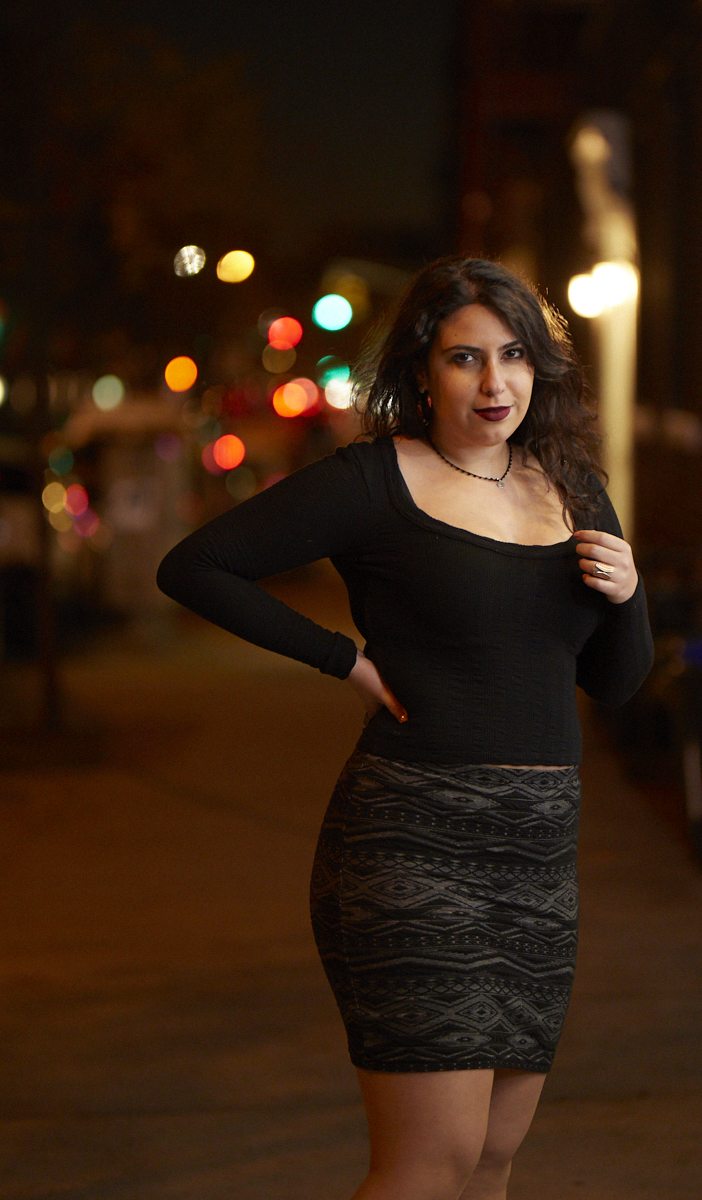
It Has a Very Cinematic Look To It
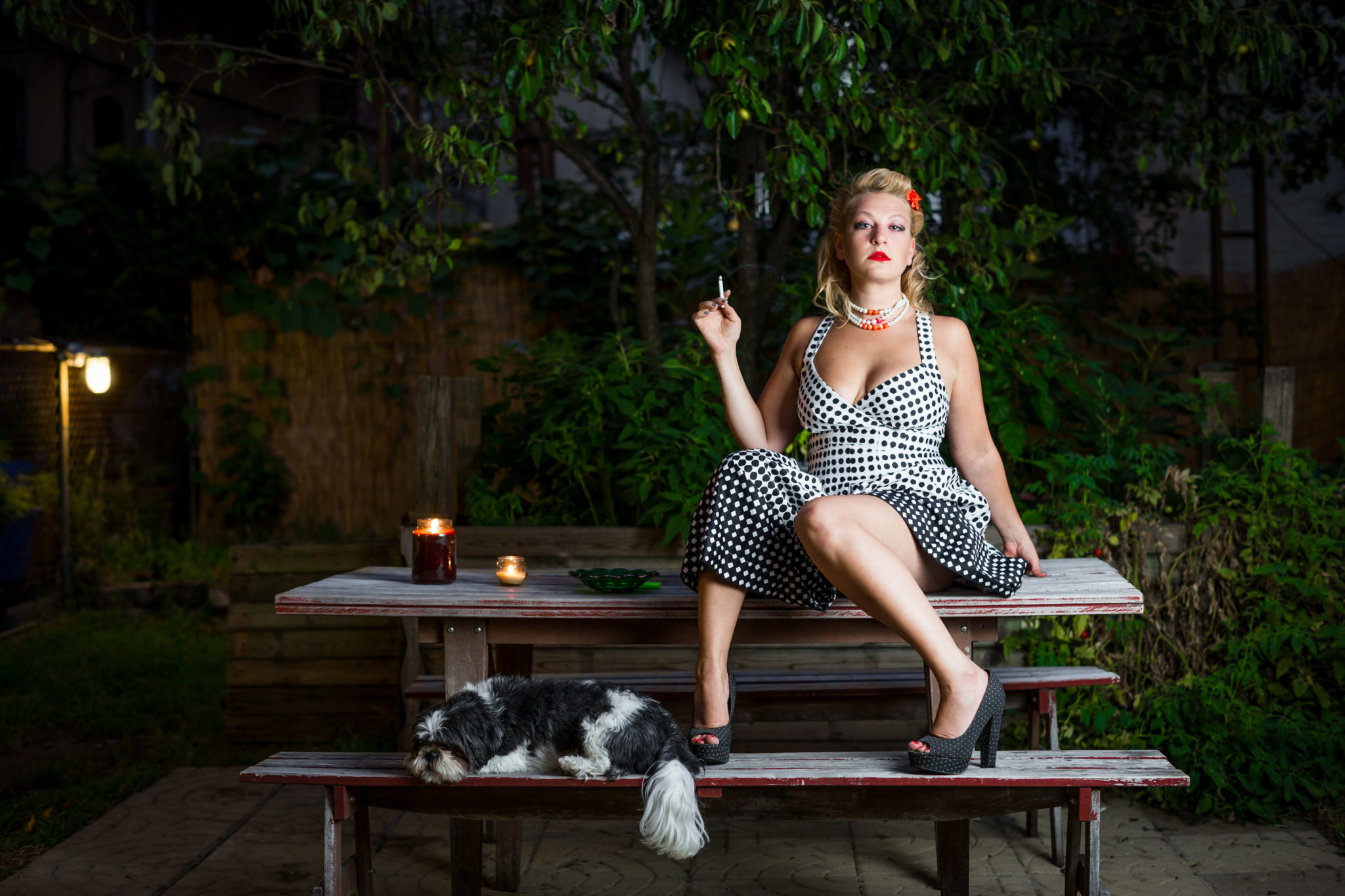
If not for any other reason, the cinematic look of daylight white balance should really compel you to try it out.


